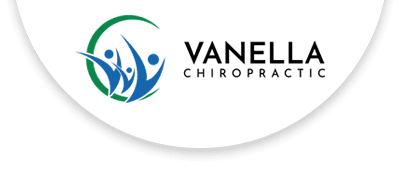Gross Motor Skills

Gross motor skills refer to movements that require the entire body, such as sitting upright, walking, running, jumping, climbing, riding a bike, and playing sports. Although most pediatric practitioners primarily assess the core when evaluating gross motor development, it is essential to consider the spine or "neurospinal" system as well. Before initiating any movement in the arms or legs, nerves and muscles within the neurospinal system must coordinate, making the spine and core synonymous. The neurospinal system has three main parts, the cervical (neck), thoracic (torso), and lumbopelvic (core) regions, with critical transition zones where the key regions link and coordinate together. Coordination is essential for all motor functions, and when nerves and muscles do not communicate efficiently, gross motor skills cannot develop and function correctly.
Gross motor skills are crucial for childhood development and overall health. They must develop before fine motor skills and are intricately linked to overall brain development and function, as well as digestion and immune function. Delays and challenges with gross motor skills will first appear in everyday activities such as dressing and navigating the environment, later causing problems in school, socializing, and participating in sports and other activities.
Additionally, gross motor delays are linked to common childhood problems like chronic ear infections, respiratory infections, and constipation.
The developmental milestones for gross motor skills vary from newborns to five-year-olds. For example, newborns should be able to turn their heads while on their back and belly, and three to four-month-olds should tolerate tummy time well and roll from belly to back. Struggles with gross motor skills may lead to fatigue, poor posture, disorganized movements, and difficulty transitioning between postures. Children with gross motor delays often end up in physical therapy. However, it is essential to consider the neurospinal system's role and coordination for the most effective treatment.
The biggest ‘hidden secret’ to helping kids with gross motor delays is not simply addressing their lack of tone or weak core muscles but actually first addressing the increased and excessive tone found in their neurospinal system, specifically the neck and upper torso regions.
For the most part, only Pediatric Chiropractors are trained to fully analyze and assess tone + tension within the neck and neurospinal system, and that is likely the reason that it’s so overlooked and not taken care of for the vast majority of gross motor development cases. This is why so many parents report to us that despite many months or years of therapy and working on things as much as they can with stretching + strengthening exercises at home, their child still struggles to make progress and often plateaus with traditional therapies. When that happens, it’s a sure sign that subluxation of the cervical and thoracic spine is the true root cause of the child’s challenges.
For now, many of the parents we’ve been able to help find the answers and action steps they were looking for all along to help their child get over and past their gross motor delays! It all starts with doing a neurological assessment that looks deeper than a traditional pediatrician or therapy assessment and really focuses entirely on the central nervous system, spine, and subluxation.
If the challenges discussed in this article sound like your child, then reach out to us and get scheduled for your 5-Point Clinical Process and INSiGHT Scans today!
OFFICE HOURS
Monday
10:00am - 1:00pm
3:00pm - 6:00pm
Tuesday
10:00am - 1:00pm
3:00pm - 6:00pm
Wednesday
3:00pm - 6:00pm
Thursday
10:00am - 1:00pm
3:00pm - 6:00pm
Friday
Closed
Saturday & Sunday
Closed
Vanella Chiropractic
4661 Haygood Rd #110
Virginia Beach, VA 23455



